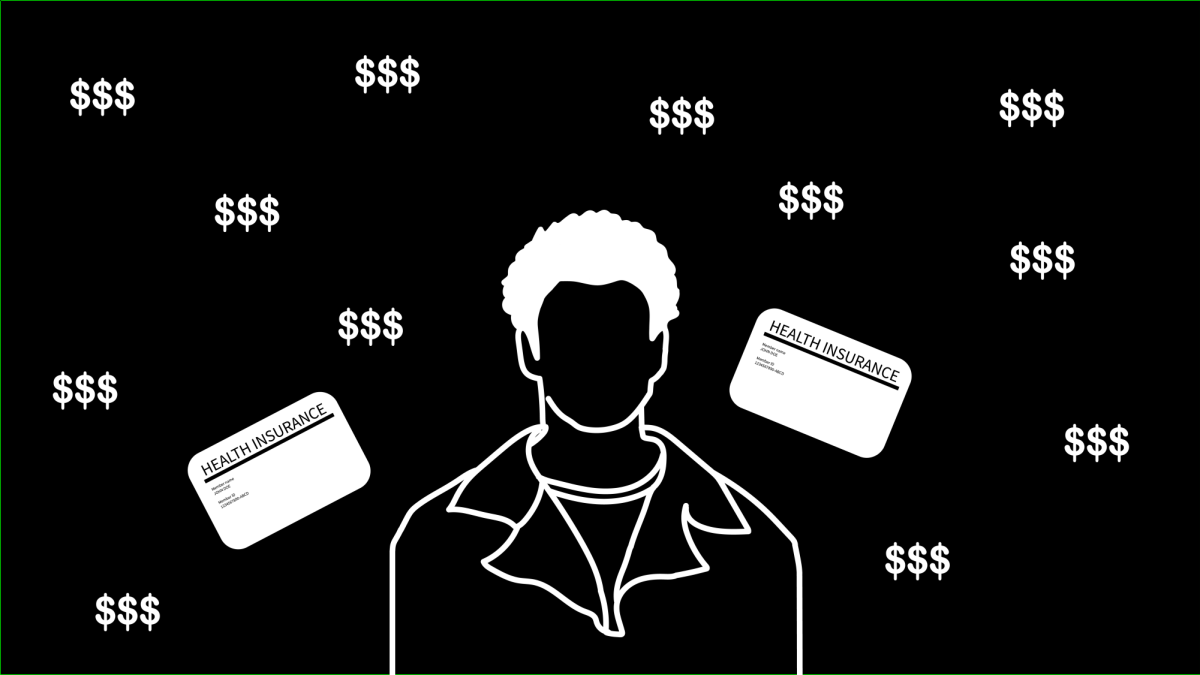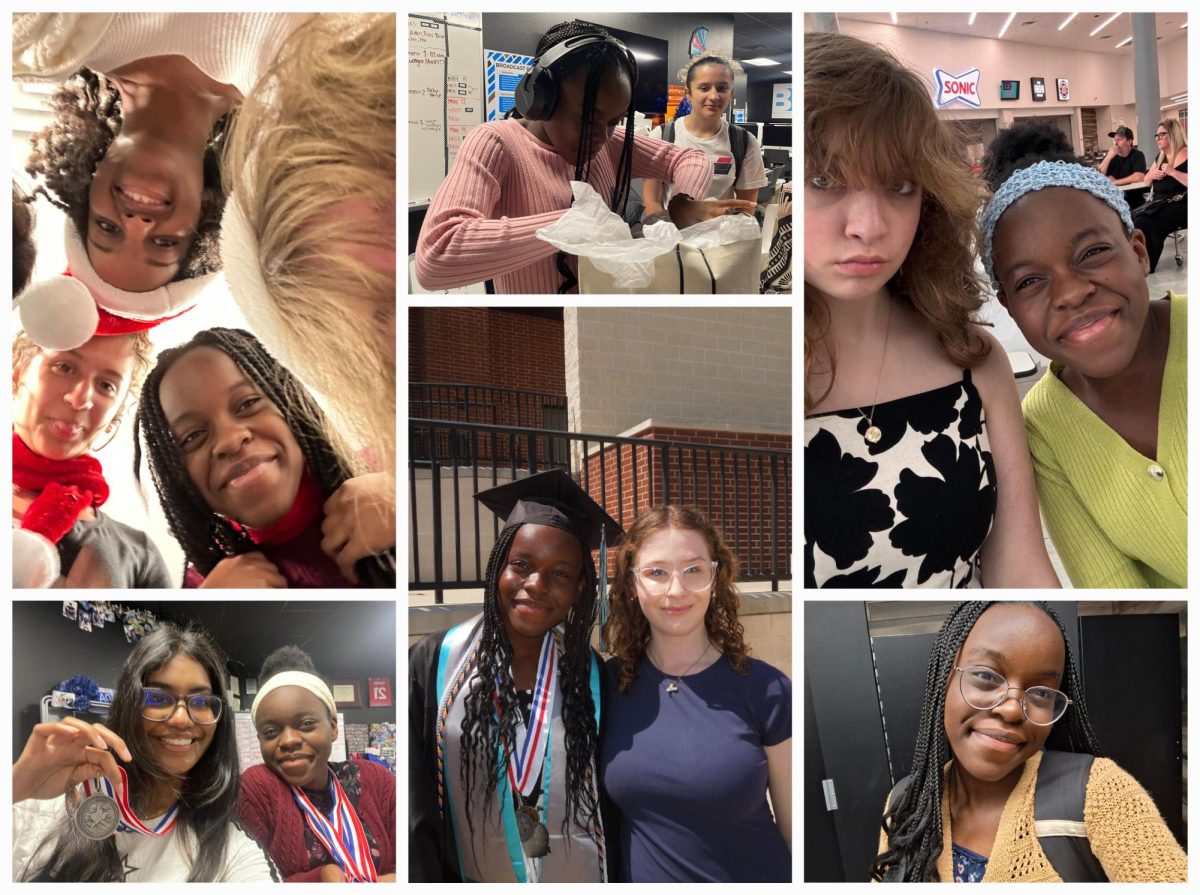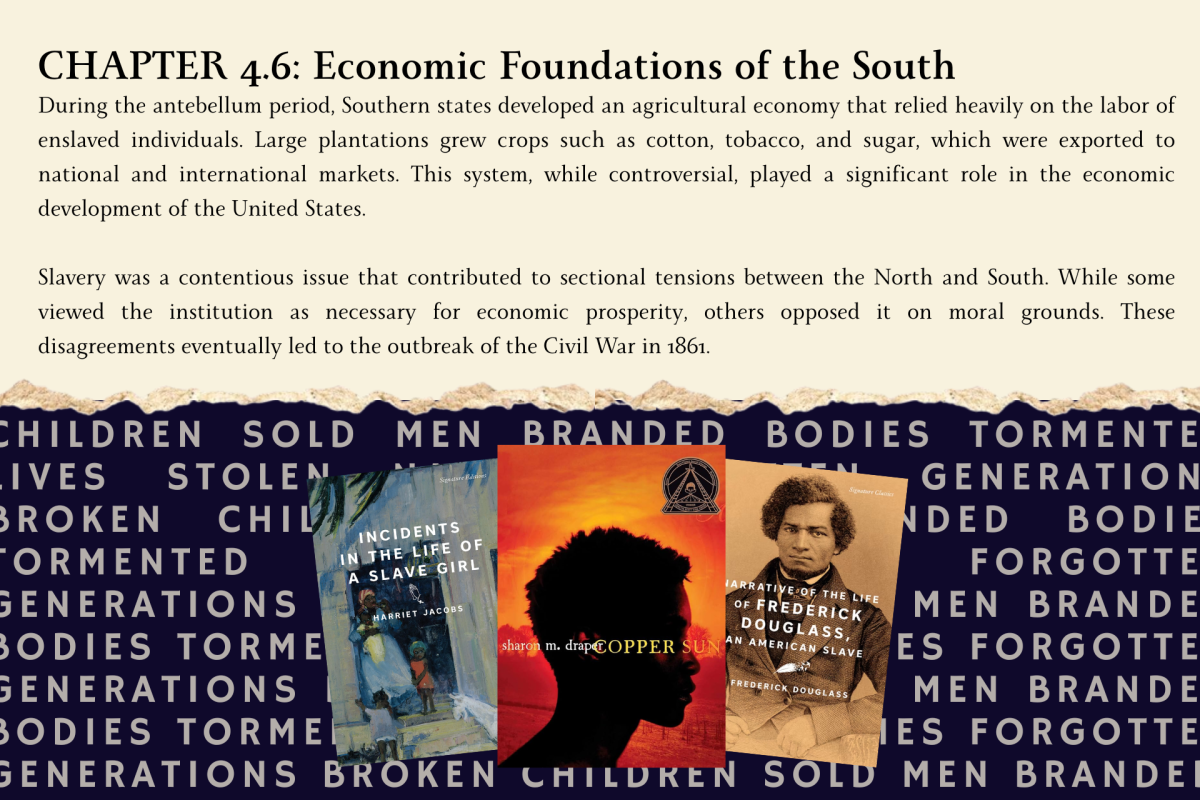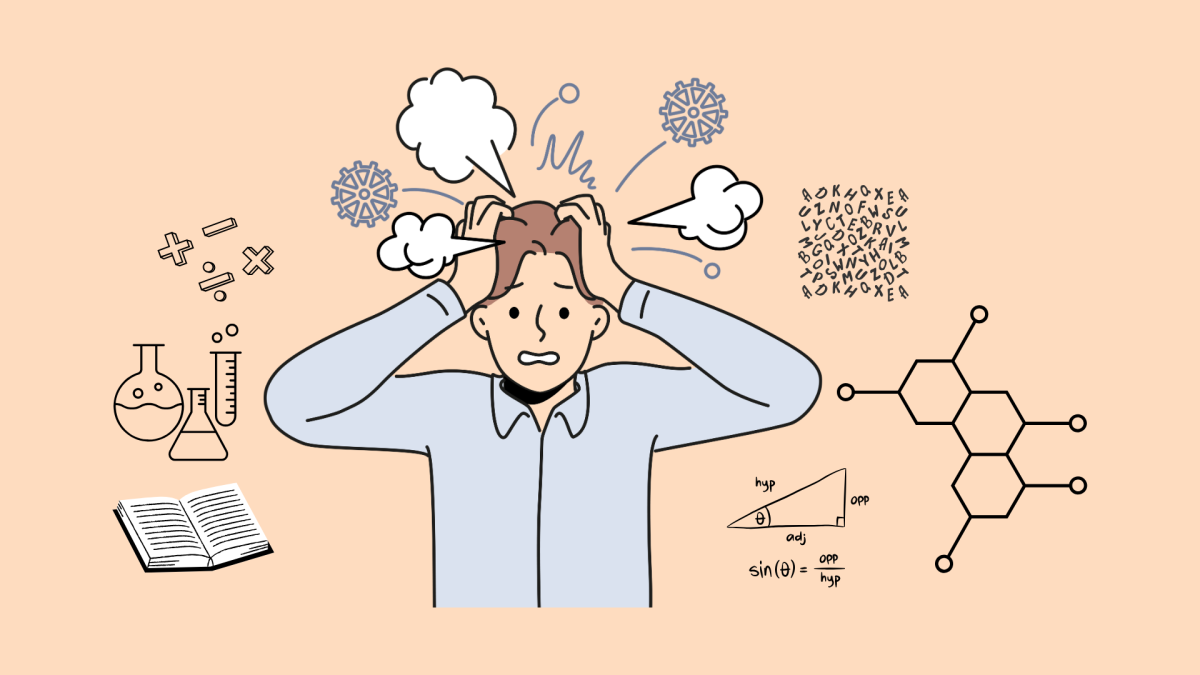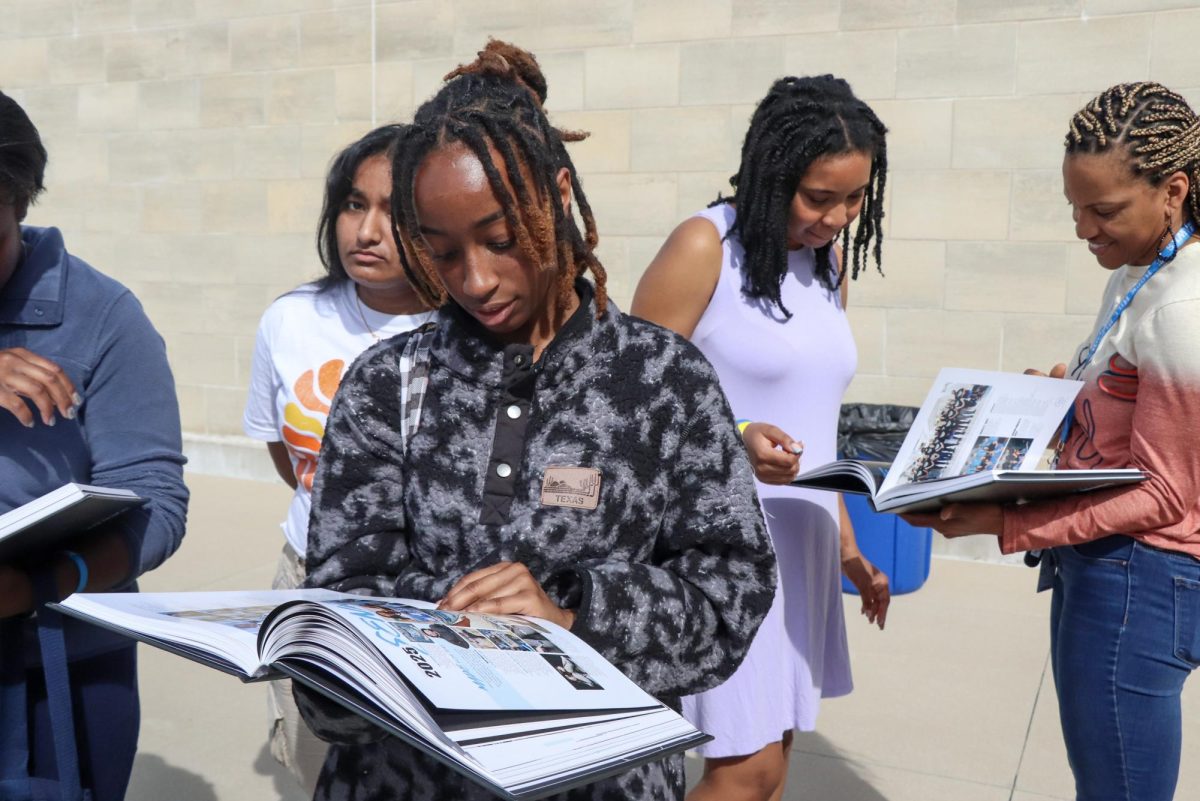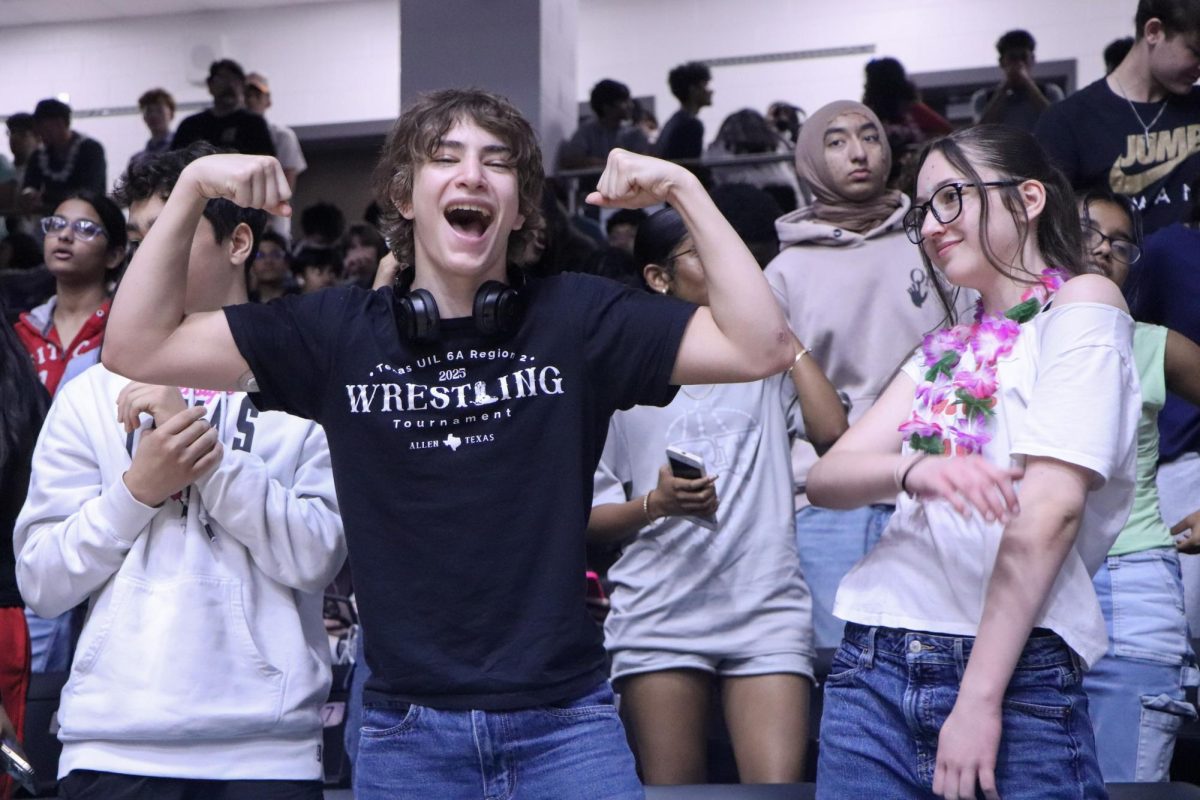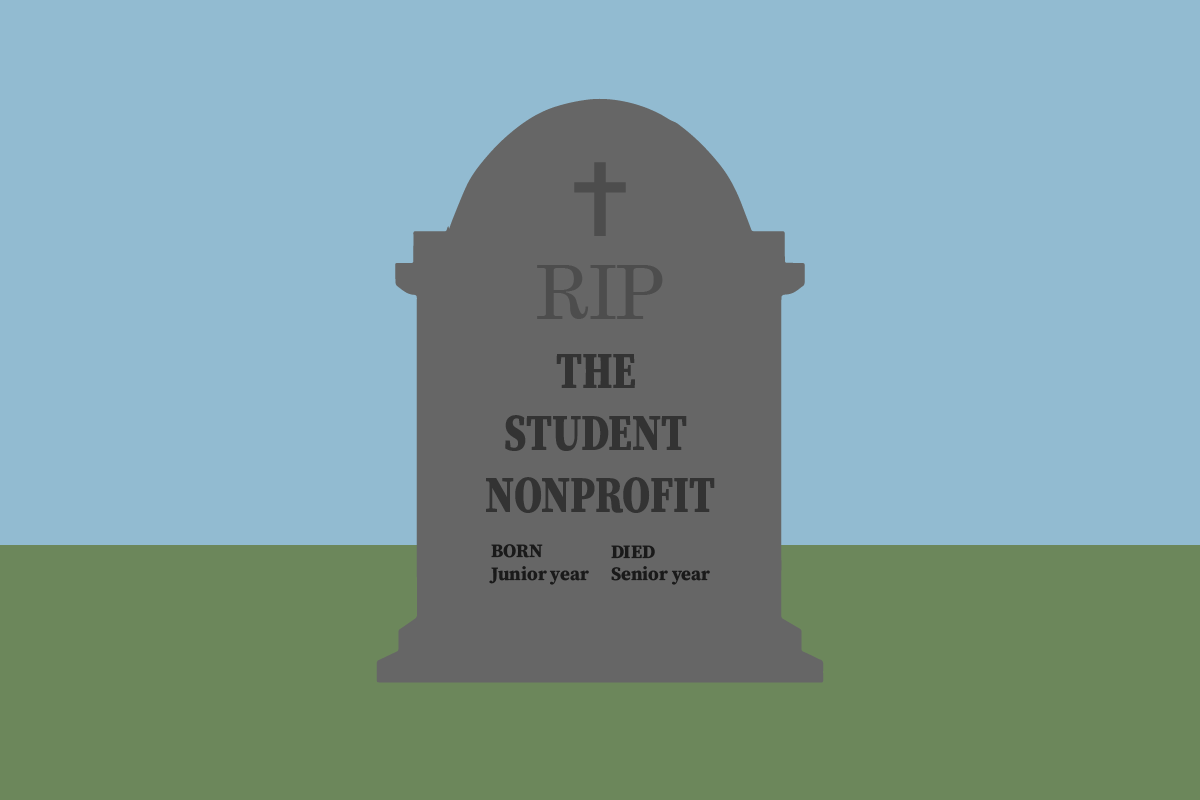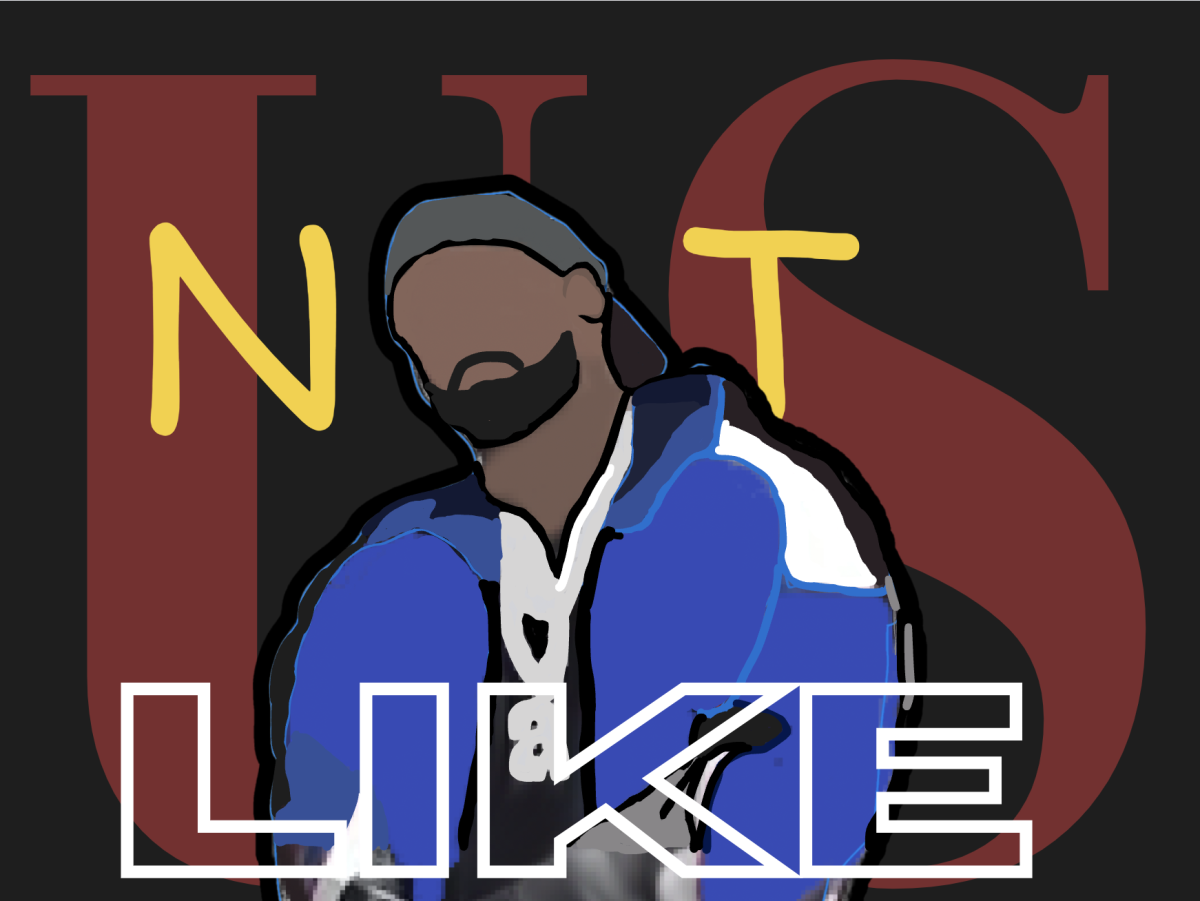On December 4, 26-year-old Luigi Mangione allegedly shot and killed UnitedHealthcare CEO Brian Thompson outside a Manhattan hotel. Mangione now faces federal charges including first-degree murder, which could make him eligible for the death penalty.
According to a federal complaint, Mangione’s notebook, recovered by authorities, revealed his frustration with the healthcare industry. He wrote, “The target is insurance” because “it checks every box,” exposing his possible motive to attack what he viewed as a deeply flawed system.
The public response to Mangione’s case has been polarizing. While many expressed shock and condemnation, a surprising number of people have taken to social media in support of him. Memes, hashtags, and even merchandise that glorify his actions have flooded social media platforms.
This trend of glamorizing criminals online isn’t new, but Mangione’s case sets itself apart from the usual romanticization of serial killers like Jeffrey Dahmer. Rather than mere fascination or attraction, supporters frame Mangione as a martyr, a symbol of rebellion against the perceived injustices of the healthcare industry. Mangione’s act of violence against Thompson, while undeniably immoral for taking a human life, is inextricably linked to the systemic violence perpetrated by the healthcare industry.
“Violence begets violence”
Unjust healthcare laws and practices reflect what author Rob Nixon termed “slow violence”: “violence that occurs gradually and out of sight,” through systemic issues that inflict long-term damage on individuals and communities. This is evident in the U.S. healthcare system, where rising costs, inadequate coverage and bureaucratic barriers all contribute to an ongoing crisis that denies access to care for some or complicates the healthcare process for others.
According to a 2023 Kaiser Family Foundation survey, nearly 60% of insured Americans reported difficulties using their health insurance in the past year. Many delay or forgo essential care due to exorbitant costs, with one in four avoiding care altogether. Even some with insurance experience high deductibles and unexpected bills, which can plunge families into financial instability. As healthcare spending in the U.S. continues to rise without delivering comparable improvements in health outcomes, it’s no surprise Americans are frustrated.
The public reaction to Mangione’s violence underlines two forms of violence: “quick violence” and “slow violence.” While the former demands immediate attention, the latter festers in the background, often overlooked. In this case, both kinds of harm point to societal issues that have yet to be resolved.
The roots of radical action
It’s easy to end the conversation with “violence is never the answer,” but history paints a more complicated picture. When people feel unheard and their suffering ignored, desperation can escalate into violence. Unaddressed inequality has repeatedly driven both individuals and movements to extreme measures.
Take the Gilded Age, for example—an era marked by wealth inequality, exploitative labor practices, and political corruption disguised as prosperity. During this time, workers sometimes turned to organized, even violent, strikes to demand for fair treatment. These resulted in significant reflections on workers’ rights and eventually led to pro-worker legislation. Similarly, the slow, systemic violence of slavery fueled John Brown’s raid on Harpers Ferry,which, despite resulting in several deaths, was an attempt to spark a larger shift in the nation. Brown’s actions, among others, played a role in accelerating the path to the Civil War and, ultimately, emancipation.
Violence, while inherently destructive, has historically been a catalyst for reflection, reform, and, at times, progress. In a society born from revolution, civil war, and conflict, extreme acts often force attention onto systemic issues. Acts of desperation, like Mangione’s, stem from legitimate grievances and sometimes serve as a wake-up call when other means have failed. However, violence is unpredictable and often carries terrible human costs. Not all acts of violence result in meaningful change. So, while violence can at times be a catalyst for change, it shouldnever be embraced as the default response to injustice.
Moving past violence
Moving past violence Critics of examining the causes of violence argue that doing so risks justifying vigilantism and chaos. This concern is valid; a society governed by laws must prioritize order and accountability. However, examining the root causes of violence isn’t the same as endorsing lawlessness. It highlights the systemic failures that drive individuals to extreme actions when they feel powerless—a necessary step toward breaking cycles of injustice.
It’s easy to understand why some glorify Mangione—he expressed the anger and disillusionment many Americans feel, taking radical action that others may hesitate to take. However, his violence was, at best, a tragic call for action, not a solution. Attacking Brian Thompson, a single individual within a vast system, did nothing to resolve the underlying issues of healthcare inequality.
Non-violent methods like advocacy, collective action, and public awareness campaigns have brought about change in the past, though they don’t always guarantee results. Nonetheless, they are a significantly more effective long-term strategy than violence, which can exacerbate the very problems it seeks to tackle.
Ultimately, Mangione’s act of violence cannot be fully understood without setting it against the violence he responded to. Thus, the spotlight must shift from glorifying or condemning individual acts of violence to reforming our healthcare system itself. Only by confronting these issues can we create a society where individuals no longer feel compelled to resort to violence as their last cry for help.


